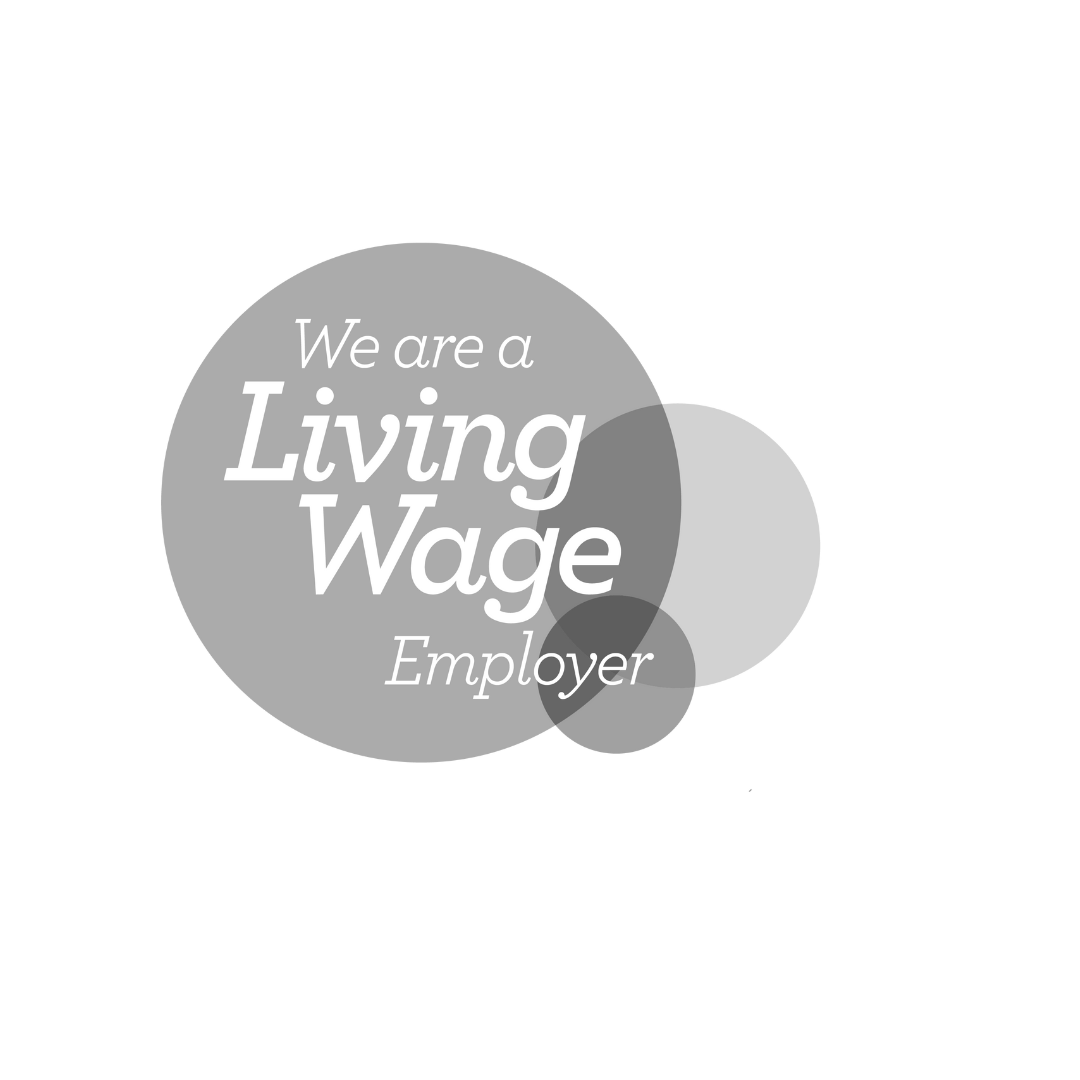
The History of the Cotton Industry - from Conventional to Organic Cotton
The term ‘cotton’ refers to the white, fluffy natural fiber grown from a cotton plant. For thousands of years, this fiber has been spun into yarn which is subsequently weaved into the soft and durable cotton material that continues to be the most widely used fabric within the fashion industry.

Today, the conventional cotton industry continues to have a negative impact on our planet. It’s dubbed the world’s ‘dirtiest crop’ with cotton cultivation accounting for 220 million tonnes of carbon dioxide every year. Unlike the organic cotton we use for our underwear, the production of conventional cotton contributes to pollution and water scarcity due to the widespread use of harmful pesticides. Just one kilogram of conventional cotton requires 20,000 litres of water!
So, What Went Wrong?
Historically, the production of cotton has not always been such a polluting industry - with historians suggesting the earliest production of cotton dates as far back as the 5500 BC. So, what went wrong? To understand and to even begin to answer this question, we decided to create a brief timeline to consider the history of cotton and its production.
The Early History of Cotton Production
It is hard to believe a time where cotton was not used for textile purposes - during the sixth century BC, the Aztecs in South America relied on cotton to create fishing nets. Within fishing communities, cotton was regarded as a valuable good and was often traded for fish.

How Cotton Production was Revolutionised in the Middle Ages
By the Middle Ages, cotton was spun by the first form of a spinning wheel in Middle Eastern countries. The spinning wheel was driven by the power of water, which revolutionised the cotton industry by making the production more efficient.
Conventional Cotton Production Early Modern History
Alongside other European nations, the trade of commodities including cotton played a pivotal role in the expansion of Britain’s empire. By the 16th century, the raw material of cotton was first introduced in Britain - where it quickly became one of the most popular and valuable imported commodities from the West Indies and the Far East. At first, the cotton plant was spun by hand into the form of yarn, which would then be woven into cloth textiles - however to meet such high consumer demands, innovations including the spinning wheel were introduced.
The Influence of The Industrial Revolution on Cotton Production
Did you know cotton was actually banned in Britain? The surge in demand for cotton from the East India Company created negative economic implications for Britain’s industries; prompting Britain’s Parliament to implement the 1721 Calico Act. Two decades later, this ban was lifted, in turn igniting the Industrial Revolution.
As the Industrial Revolution brought new innovations including the Spinning Jenny, the Spinning Frame and Spinning Mule - transforming the cotton and textile industry in the North West of England to become ‘the workshop of the world’. Whilst the environmental impact of the cotton industry during the Industrial Revolution is incomparable to the conventional cotton industry today, the pollution created by factories and water required for cotton plantations abroad began to harm our planet.
Cotton Plantations in the Colonies
The Industrial Revolution brought a surge in the demand for cotton, prompting Britain to rely on its colonies located in the Far East and the Americas to source the raw resource of cotton to supply Britain’s cotton and other textile mills. By the 18th Century, the American South emerged as one of Britain’s main cotton plantations, with the hot and humid conditions of coastal areas of the Carolinas and Georgia cultivating an affordable and plentiful supply of the short-staple cotton, however the success of the expanding cotton plantations was entirely dependent on the use of slave labour.
Cotton Production in Recent Years
Since the Industrial Revolution, the demand for cotton has continued to rise - peaking just before the First World War. Following the Second World War, Britain’s role as leading manufacturer declined as the cost to produce cotton in Britain became too expensive, prompting the cotton industry to relocate to the Global South. This combined with the poor working conditions to meet the rising demand of the Fast Fashion industry, alongside the beginning of the ‘pesticide era’ of the 1950s provides a pinpoint of the conventional cotton industry to take a turn for the worst…
Despite the Abolition of Slavery in 1865, the practice of slave labour continues within the USA’s cotton industry. As the third largest producer of cotton in the world, the USA’s largest cotton producer is provided by cotton production prisoners, where convicted felons work on the plantations for no pay. Elsewhere in the world, modern slavery within the conventional cotton industry persists, including the governments of Uzbekistan and Turkmenistan who force hundreds and thousands of people out of their everyday jobs to risk their lives to work on the cotton plantations for weeks under the summer sun and hazardous conditions.
The disappearance of the Aral Sea highlights the extent of the dangers of the conventional cotton industry to our planet and people. Located between Uzbekistan and Kazakhstan, the Aral Sea was formerly the fourth largest lake in the world. However, by 1997 the Aral Sea had declined to 10% of its original size as a product of the Soviet Union’s inefficient irrigation programmes of the 1960s, alongside the pesticides used to farm cotton on such a large scale. This has subsequently destroyed the fishing communities, as the loss of the sea and the pollution has killed millions of fish and created health problems for its inhabitants, including throat cancer and lung disease.

Whilst the World Bank has funded a successful dam restoration project, which has seen some of the water retreat - this case study continues to act as a grave reminder of the impact of the conventional cotton industry.
A Sustainable Alternative - Organic Cotton
In short, the process of manufacturing Organic Cotton does not include genetically engineered plants, synthetic chemicals, fertilisers or pesticides - omitting 98% less water and soil pollution than conventional cotton. At Y.O.U Underwear, we are proud to only use GOTS certified organic cotton, limiting the impact of our underwear onto the environment and its people.

In summary, the key benefits of organic cotton are:
- Saves valuable water
- Limits the impact of climate change
- Creates less pollution from pesticides
- Supports local farmers
- Better for your health
















Leave a comment
This site is protected by hCaptcha and the hCaptcha Privacy Policy and Terms of Service apply.